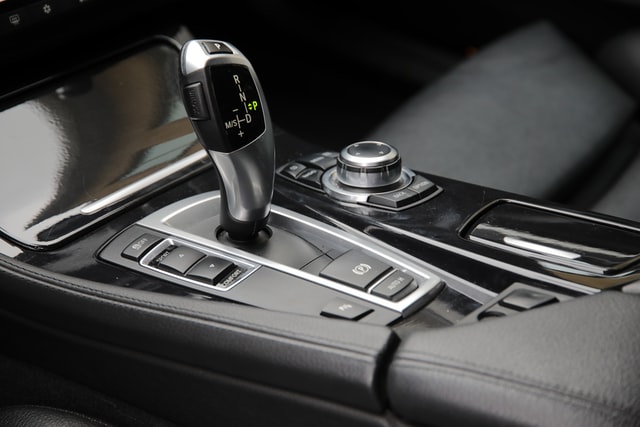The transmission of an automatic vehicle is one of the most essential components and when it isn’t working as well as it could, it can affect the overall driving experience. From reducing fuel efficiency to creating bigger problems within the engine itself, a worn or broken transmission system can be devastating for your vehicle so it’s important to make sure you’re taking good care of it throughout its entire lifespan. From keeping on top of servicing to driving with care, here are our top tips for looking after your automatic transmission.
Keep On Top Of Servicing
Keeping on top of servicing and scheduled maintenance is not only good for your car’s transmission, but for the entire vehicle. Keeping up with a consistent schedule is the only way to ensure that your vehicle is not only performing as it should but that there are no underlying issues that might cause problems at a later date. Booking your vehicle in for servicing with a qualified mechanic will ensure that everything from fluid levels, to oil changes, can be done with professional precision and keep your transmission system in top condition for longer.
Check Your Transmission Fluid
While checking the transmission fluid is part of your car’s servicing, checking it for yourself periodically will catch any issues early in most cases. You need to check the oil level using the dipstick by pulling it out, wiping it, dipping it back in and seeing where the oil level falls. It should be between the minimum and maximum levels. You can also check the quality of the transmission fluid this way, by checking for any murkiness, dirt or debris that appears in the oil. The fluid should be a bright red colour and have a sweet smell, so if you’re experiencing sour smells or darkened fluid, this could be a sign that the fluid needs to be changed or there’s another underlying problem.
Completely Stop Before Shifting
When changing from Drive to Reverse or vice versa, you need to make sure that you’re coming to a complete stop before making the shift. Shifting while the car is still in motion can lead to excessive wear on both the brakes, and on the transmission itself. Some modern vehicles won’t allow you to shift to reverse until the car is at a stop but for older vehicles, you need to take additional care to ensure that you aren’t putting unnecessary strain on the system. Doing this regularly over time an lead to bigger, more costly problems.
Keep On Top Of Engine Care
The engine is like the beating heart of your car and when it isn’t working properly, it can cause additional strain on other parts of the car. This includes the transmission. When engine performance is low, there is more stress on the transmission to make up for the lost performance or in some cases, may also be operating at low performance too. The cooling system is particularly important – you need to ensure that the coolant levels are right to keep the engine from overheating, and that the system itself is operating effectively to ensure that neither the engine, nor the transmission fluid itself can overheat.
Let Your Car Warm Up Before You Drive
We’re all guilty for wanting to get going as soon as we get into the driver’s seat, but your car will thank you if you take a few minutes to let it warm up before you go. Starting on your journey before the car has a hance to warm up or really get going can cause unnecessary stressand strain on your car’s engine and transmission and over time, even lead to wear and tear that will need to be repaired. The computer within your car will cause problems with shifting normally when the car has first started up and things are still cold, so allowing the engine to idle for a couple of minutes can help to make the driving experience more pleasant, and keep things in good condition for longer.
For more information, our team are on hand to help. If you’d like more tips for keeping your transmission well-cared-for or to book your vehicle in for gearbox or engine repairs, feel free to get in touch with our team, today.

